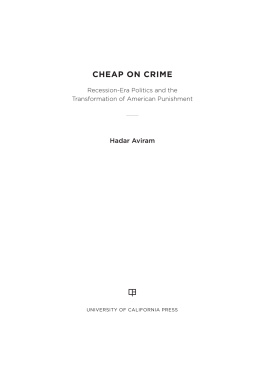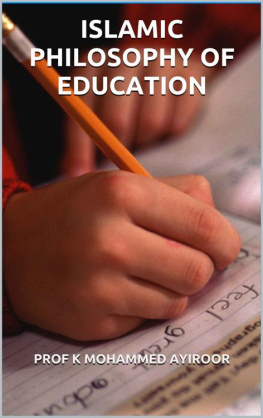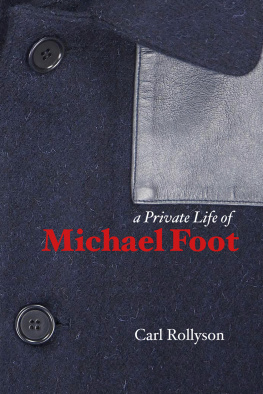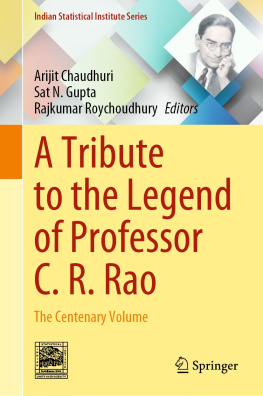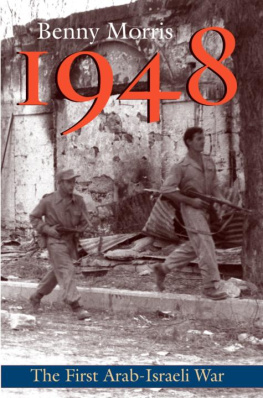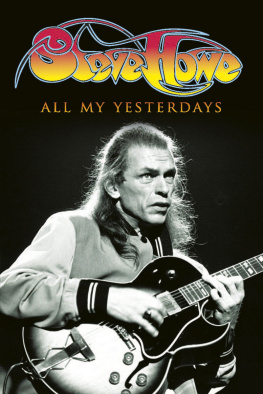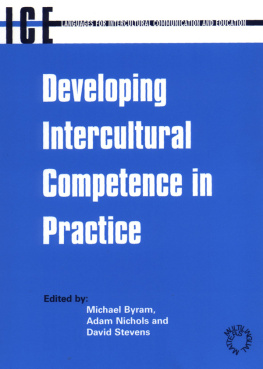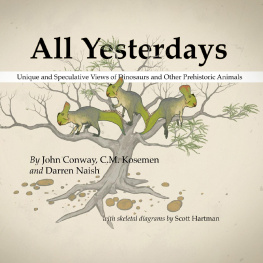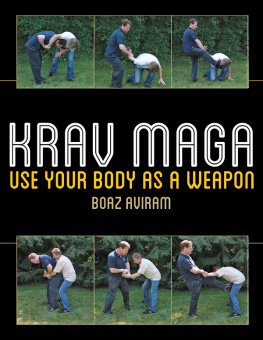University of California Press, one of the most distinguished university presses in the United States, enriches lives around the world by advancing scholarship in the humanities, social sciences, and natural sciences. Its activities are supported by the UC Press Foundation and by philanthropic contributions from individuals and institutions. For more information, visit www.ucpress.edu.
University of California Press
Oakland, California
2020 by The Regents of the University of California
Cataloging-in-Publication Data is on file at the Library of Congress.
ISBN 978-0-520-29154-6 (cloth : alk. paper)
ISBN 978-0-520-29155-3 (pbk. : alk. paper)
ISBN 978-0-520-96528-7 (ebook)
Manufactured in the United States of America
28 27 26 25 24 23 22 21 20
10 9 8 7 6 5 4 3 2 1
PREFACE AND ACKNOWLEDGMENTS
I did not expect to write a book about the Manson Family murders. My previous work focused not on the sensational and unique but rather on the mundane and obscure aspects of the criminal process in an effort to educate about realities experienced by many but understood by few. But by 2014, I became intrigued by parole.
While writing my first book, Cheap on Crime: Recession-Era Politics and the Transformation of American Punishment, and afterward, I met many peoplescholars, policy makers, reformers, politicians, formerly and currently incarcerated peoplewho were frustrated about the unfulfilled promise of criminal justice reform in the aftermath of the 2008 recession. The focus was on the low-hanging fruit of nonviolent crime because compassion for seemingly nonthreatening people was more politically expedient and attitudes toward violent offenders seemed entrenched. I found myself wondering about those incarcerated for offenses that were difficult to forgive. Do we regard violent criminals as irredeemable? Who decides, and how? I decided to examine the parole process, which has received very little scholarly attention, and to investigate how our correctional apparatus handled people who had spent decades behind bars. I immediately thought of the people who would curry as little political favor as possible and decided to learn how their stories were understood by the Board of Parole Hearings (the Board) of the California Department of Corrections and Rehabilitation (CDCR). To my pleasant surprise, CDCR was very helpful in sending me, for a reasonable fee, the transcripts of all relevant parole hearings, and I immersed myself in the world of seven people whose ages ranged from the mid-sixties to the eighties, who had spent the vast majority of their adult lives behind bars, repeatedly revisiting their past, planning for their future, and expressing their evolving understanding of themselves to the gatekeepers at the prison exit door.
Along the way I was helped by many people who know plenty about the opaque and complicated world of parole hearings. Joan Petersilia expressed enthusiasm about my project, shared her immense experience with CDCR, and directed me to useful literature. Kimberly Richman graciously shared helpful comparisons to parole cases in which she had helped and participated, and she also connected me to the Peer Reentry Navigation Network (PRNN). The men and women at PRNN inspired me in their optimistic and pragmatic efforts to rebuild their lives after decades in prison, and their parole officers and therapists offered a hindsight perspective of the process. Kathryne Young kindly shared insights from her interviews with parole commissioners. Keith Wattley of Uncommon Law shared his vast knowledge of the lifer parole process, both in personal conversation and at his well-attended lifer schools in Berkeley. The late Karlene Faith spoke to me at length in her Vancouver home about the early days of Patricia Krenwinkels, Susan Atkinss, and Leslie van Houtens incarceration. Jason Campbell talked to me about representing Bobby Beausoleil and insightfully compared his experiences as a parole attorney and a public defender. Bobby Beausoleil generously and candidly talked to me about his experiences of incarceration and parole.
Several colleagues helped improve the book. David Ball, Cassia Hessick, and John Chin organized a workshop in which I got valuable feedback on the cultural and historical framework of the book. David Ball, Alessandro Corda, Paul Kaplan, Daniel LaChance, and Kim Richman read chapters and offered helpful feedback. Dan Berger offered sage advice about period documents and permissions. Participants at the Western Society of Criminology Annual Meeting, as well as at the Law and Society Annual Meeting, both held in 2016, asked excellent questions. Journalists at Fortune magazine, the Marshall Project, and the History Channel offered opportunities to clarify my perspective for public readership.
At Hastings, special thanks go to Kate Bloch, Binyamin Blum, Veena Dubal, Jared Ellias, Eumi Lee, Aaron Rappaport, David Takacs, and particularly Reuel Schiller, whose perspective as a legal historian of the 1960s and 1970s was priceless. Dean David Faigman, Academic Dean Morris Ratner, and Research Dean Scott Dodson awarded me the Miller Professorship, which provided necessary resources for my work. My students, particularly the members of the Criminal Law Society and the Hastings Race and Poverty Law Journal, inspired me to engage a generation that did not experience the Manson Family murders as a cultural phenomenon.
The book would never have come to life without the excellent work of my team of fact-checkers and research assistants. Rachel Aronowitz, An Dang, Rachel Lieberstein-Ross, and Philip Dodgen were on this journey from the projects inception and helped with the qualitative analysis. Chelsea Lewis meticulously helped bring the manuscript up to submission standards. Chuck Marcus provided outstanding and knowledgeable library assistance, especially with fascinating archival materials. Barbara Armentrout carefully and thoroughly edited the manuscript. Brian Craig prepared the meticulous and helpful index.
The process of working on the book was pleasant, collaborative and enriching thanks to the professionalism and patience of everyone at the University of California Press, particularly Maura Roessner, Sabrina Robleh, Madison Wetzell, Dore Brown, and Chris Sosa-Loomis.
Any mistakes, omissions and inaccuracies are, of course, my own.
Empathy is a human superpower; it enables us to break the barriers between me and the other and understand the ember of emotion at the core of the human experience. My grandmother Aviva Katvan reminded me of the challenges of struggling with aging and infirmity. My parents, Yael and Haim Aviram, are of the generation of the Manson Family inmates, and their thoughtful lives of public service offered an interesting parallel to those lived behind bars. My mentors Rick Geggie, June Nason, Donald Rothberg, Shahara Godfrey, Eve Decker, and Robin Gayle taught me about suffering and compassion. Similarly supportive were my music and fitness communities, as well as my friends Russ Bain, Eric Chase, Heather Eloph, Inbal Etgar, Rosie Etis, Yael Finberg-Liebi, Shachar Fuman, Samantha Godwin, Francisco Hulse, Amit Landau, Schachar Levin, Anat Levtov, Ruti Levtov, Katie Morrison, Tal Niv, Jacqueline Omotalade, Annick Persinger, Scott Roberts, Jonelle Rodericks, Robert Rubin, Jonathan Swerdloff, Jonathan Trunnell, and Raeeka Shehabi-Yaghmai.




